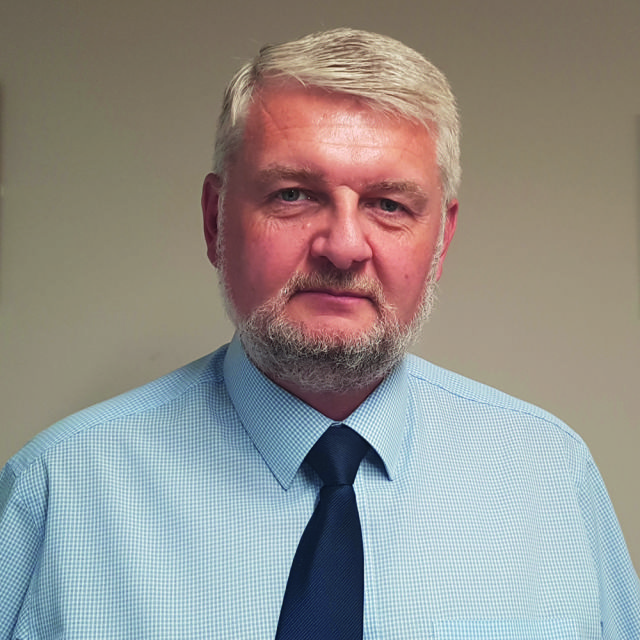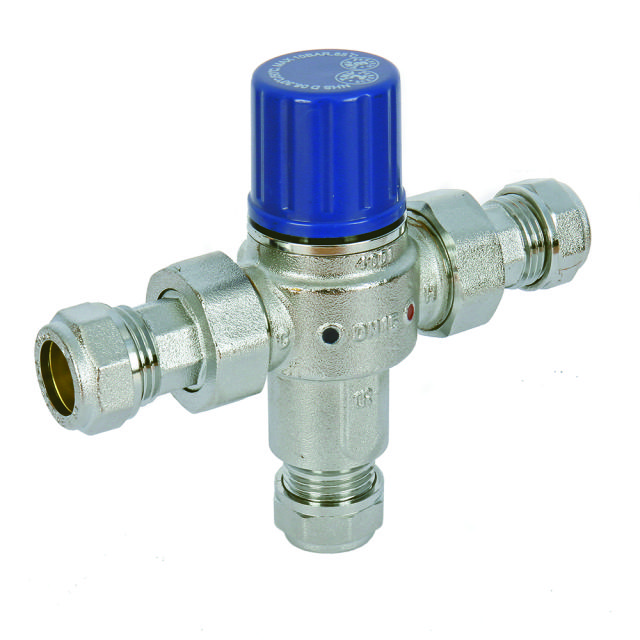Water of life

The importance of supplying ‘fit-for-purpose’ products for building services applications and especially for hot and cold water systems that can affect public health has never been greater. By David Keys.
Keeping up with the flow of regulations in the water industry is challenging and keeping abreast of amendments and legal revisions can be a full-time job. Increased knowledge as to the exact causes of dangerous bacteria such as Legionella Pneumophila, and the availability of products to prevent it, means there is no excuse for not introducing the appropriate safeguards.
It is fairly common knowledge that the Water Supply (Water Fittings) Regulations and Scottish byelaws are national requirements governing the design, installation, operation and maintenance of plumbing systems, water fittings and appliances that use water. They are designed to legally protect public health and promote the efficient use of water.
It is however, a less well known fact that many UK water companies, in conjunction with WRAS, have released guidance in relation to installation requirements under the Water Supply (Water Fittings) Regulations 1999 in England and Wales, which now means that the water appliances that we all use every day may need an additional fittings, such as double check valves, to be installed at the point of connection between the water supply and the appliance.
Double check valves protect the water supply from the risk of backflow and back siphonage in domestic homes and commercial buildings, ultimately preventing potential contaminants getting into other parts of the system, especially drinking water.
Dan Littlewood, senior water regulations technician at Severn Trent Water comments: “The presence of double check valves is a legal requirement in many domestic and non-domestic plumbing arrangements, as is the requirement for all fittings installed in such systems to be of an appropriate quality and standard and be suitable for the circumstances in which they are used. The quality made, compliant valves in this range present peace of mind in regard to the prevention of backflow whilst also meeting all regulatory requirements for a water fitting.”
Another area of concern is the spread of legionnaires’ disease which can easily colonise in hot and cold water systems and prove fatal to those that come into contact with it. Recent statistics show that as many as 10% of reported cases result in fatalities. According to the Annual Epidemiological report for 2017, produced by the European Centre for Disease
Prevention and Control (ECDC), the number of reported legionnaires’ cases increased continuously over the 2013 – 2017 period. Despite the increase, the report indicates that there may be cases of under-diagnosis as well. It is estimated that 21% of cases were travel-associated and 8% were associated with healthcare facilities.
With the knowledge we have available surrounding the optimum environment for legionella bacteria multiplication, we are able to take precautions to prevent it. The optimum temperature for the legionella bacteria multiplication is between 32°C and 42°C. Therefore, HSE L8 requires the temperature of domestic hot-water systems to be maintained between 50-60°C. It also advises that stored hot water is not below 60°C, with a recommended distribution temperature of no less than 50°C, and 55°C in healthcare premises, within one minute of running an outlet.
Thermal balancing valves are designed for use in circulating hot water systems, by design it provides thermostatically controlled regulation of flow and thermal disinfection, assisting with protection against Legionella. Once the water temperature rises to its set point, the thermal balancing valve will restrict the flow in order to maintain a constant temperature and limit the flow in circulation pipes to a minimum required level.

Temperatures in excess of approximately 44°C may result in burns to the skin, so a conflict exists between storing hot water at 60°C and the risk of scalding. As a result, hot-water temperatures need to be controlled via thermostatic control devices – such as thermal mixing valves (TMV). These are available in 2-in-1 and 4-in-1 combinations and are designed to blend hot water which is commonly stored at temperatures high enough to kill bacteria with cold water at the point of discharge, this will ensure a constant, safe outlet temperature preventing scalding.
Pressure reducing valves protect the whole installation from problems due to excess pressure, such as pipe noise, water hammer and excess wear of other equipment. Pressure reducing valves are designed to control and maintain a regulated and constant water pressure. Furthermore, less pressure means less water used, and therefore less energy consumed, which in turn improves the efficiency of the building.
Within the pipework a number of additional valves are required to protect the system and ensure its long and successful operation, whilst limiting the amount of downtime due to costly and unexpected maintenance. There are a variety of WRAS-approved valves on the market that can help to achieve legislative requirements. These include ball valves and butterfly valves. It is also possible to specify gearbox operation to ensure ease of operation for the installer and user.
Air vents are essential to protecting a system by removing potentially dangerous build ups of trapped air. WRAS-approved drain cocks, allow a pipework system to be drained without the time and expense of removing pipework. Good practice should include periodically draining a system to limit the build-up of foreign matter, increasing life expectancy.
Finally, strainers will also assist with removing foreign matter from a pipeline system, this is important to protecting other pipeline equipment and maintain the designed flow around the system. Strainers mean can collect a significant amount of matter, before maintenance is required.
ECDC recommends that regular checks for the presence of legionella bacteria are performed and that appropriate control measures are applied to engineered water systems, especially within tourist accommodation sites, hospitals, long-term healthcare facilities and other settings where sizeable populations who may be deemed a higher risk could be exposed.
UK water regulations classify the range of domestic and non-domestic uses of water into five fluid categories. These categories are graded from 1 to 5; from the cleanest potable water rated number 1 to water classed as posing a serious health hazard graded as a 5.
David Keys is managing director of Albion Valves (UK)







